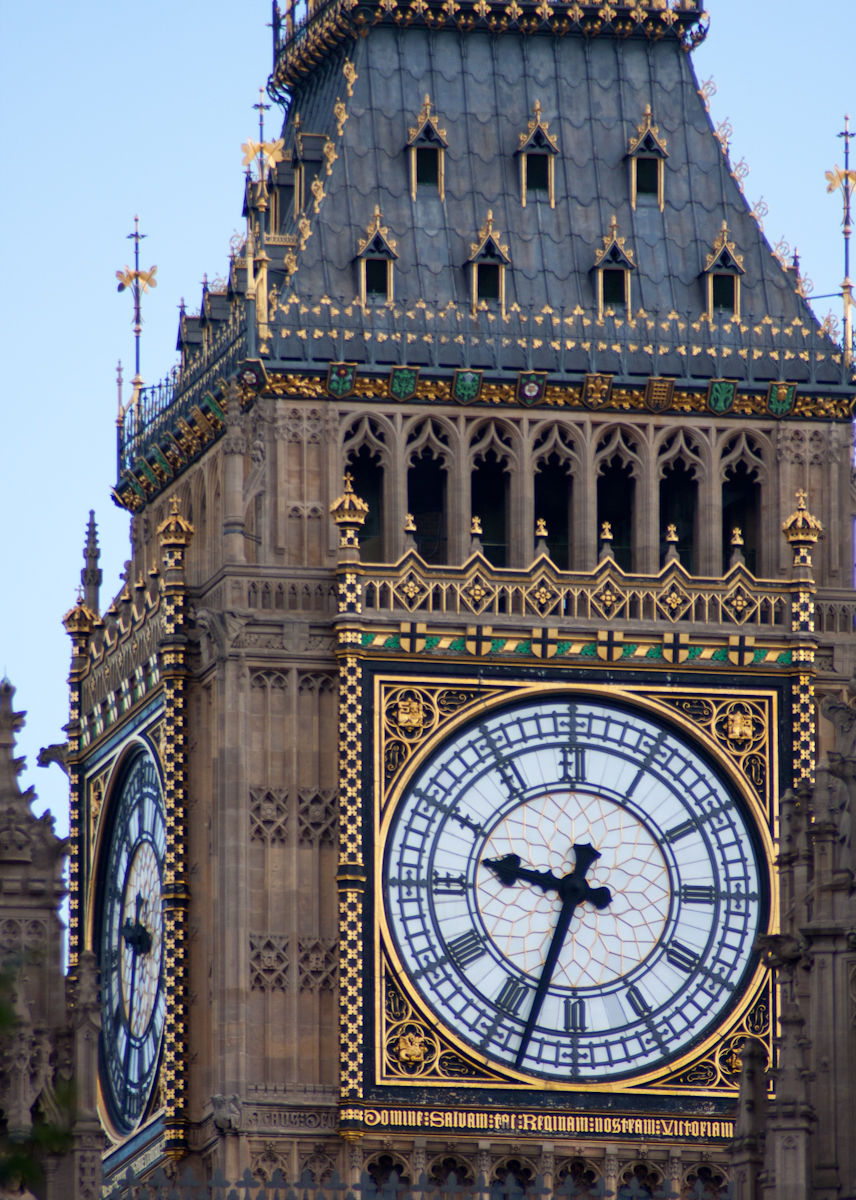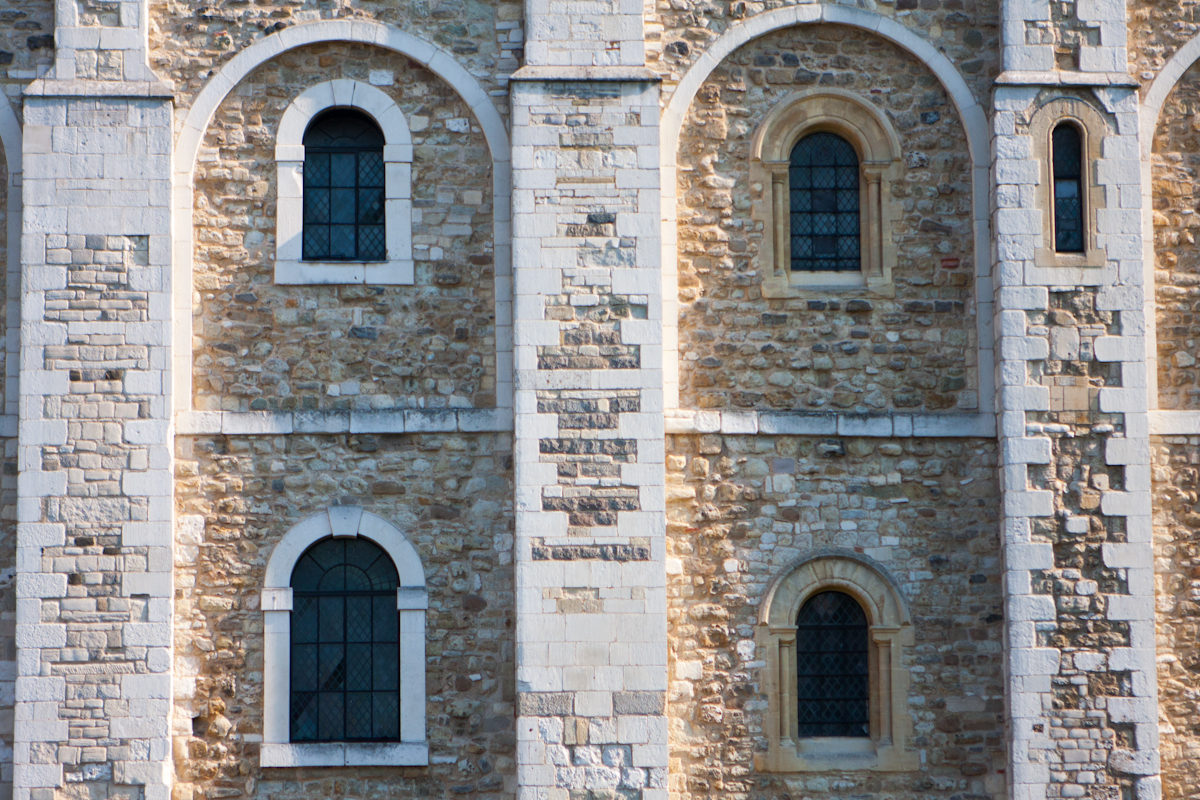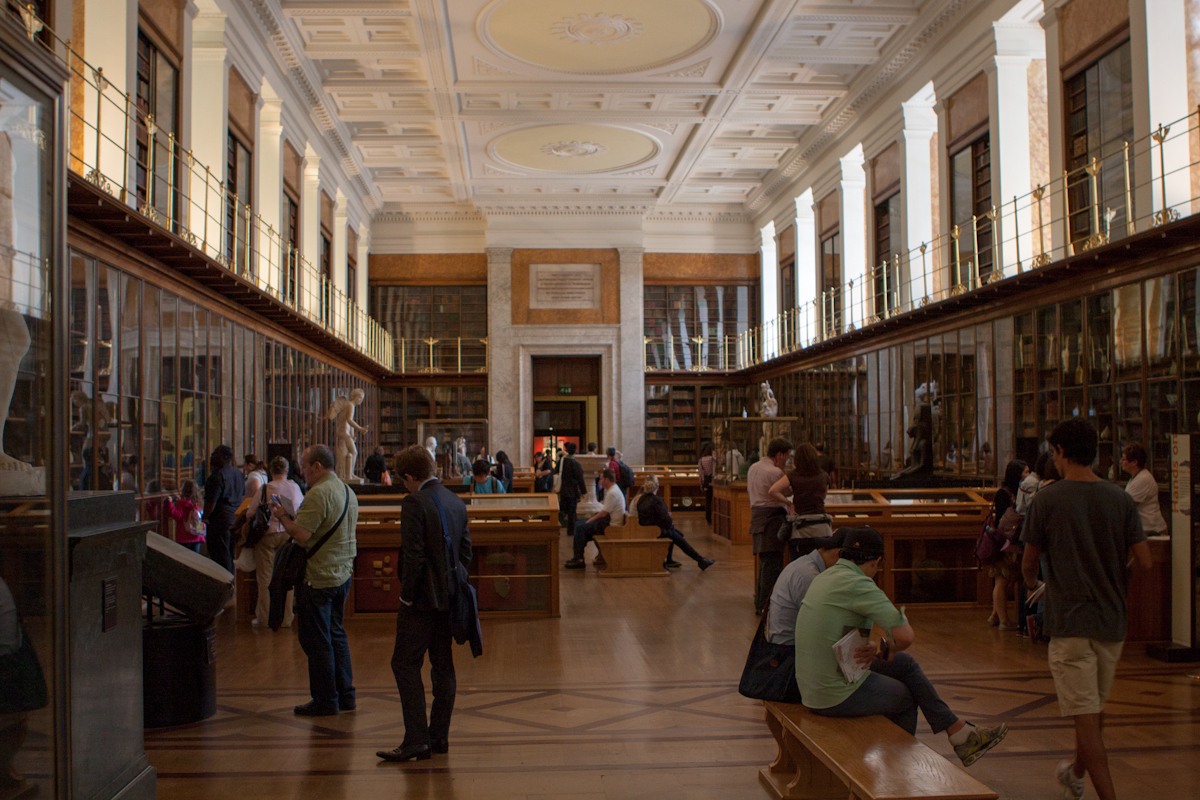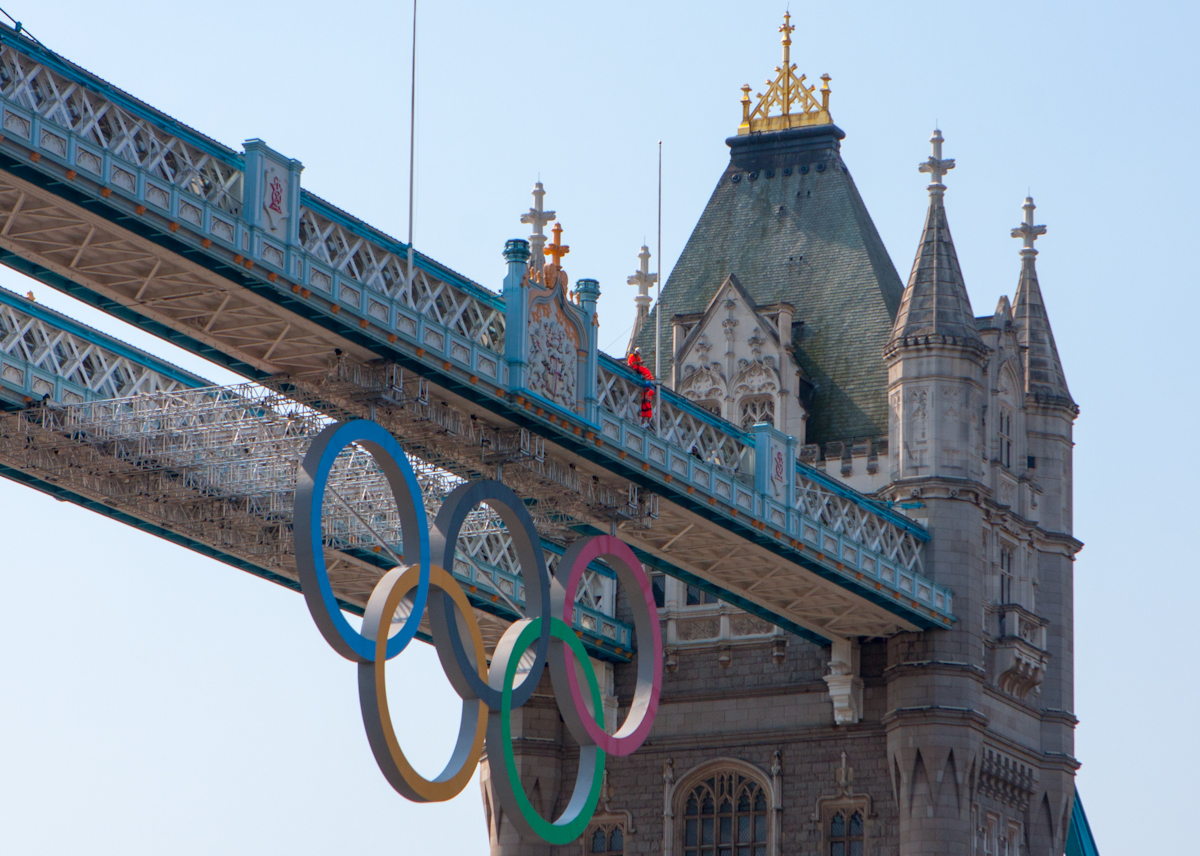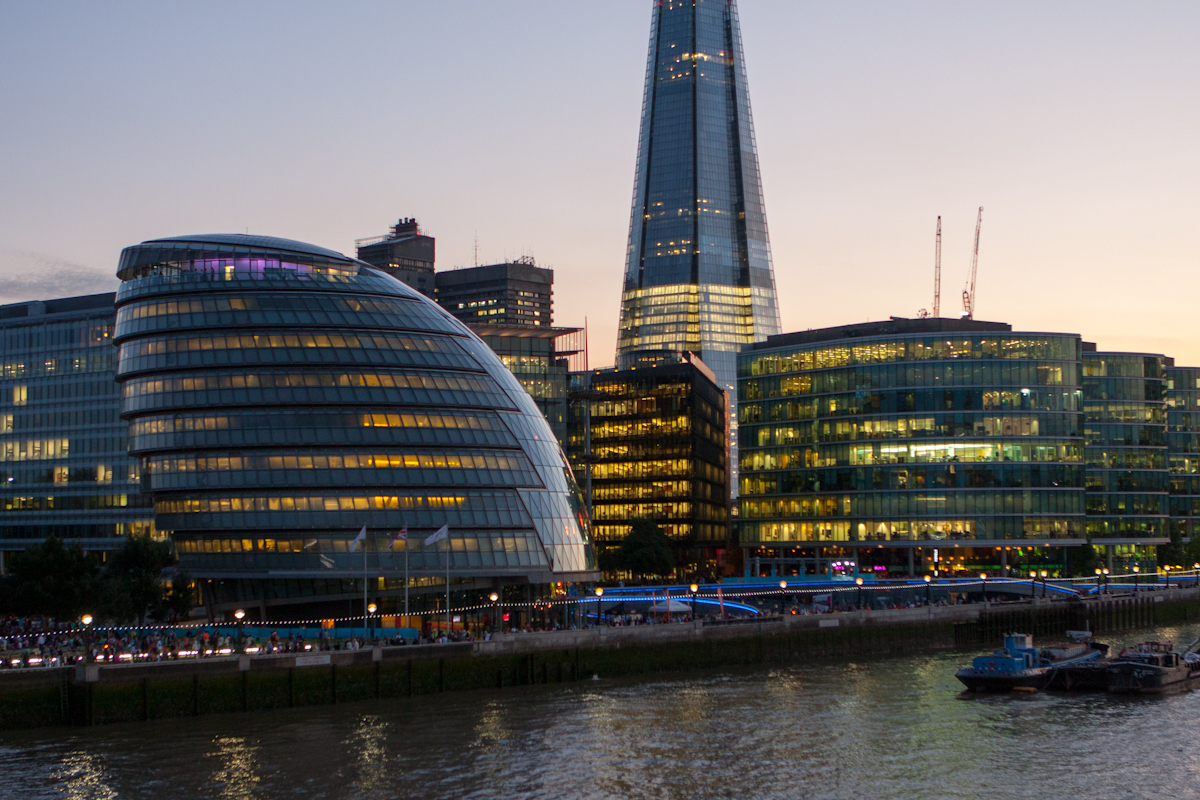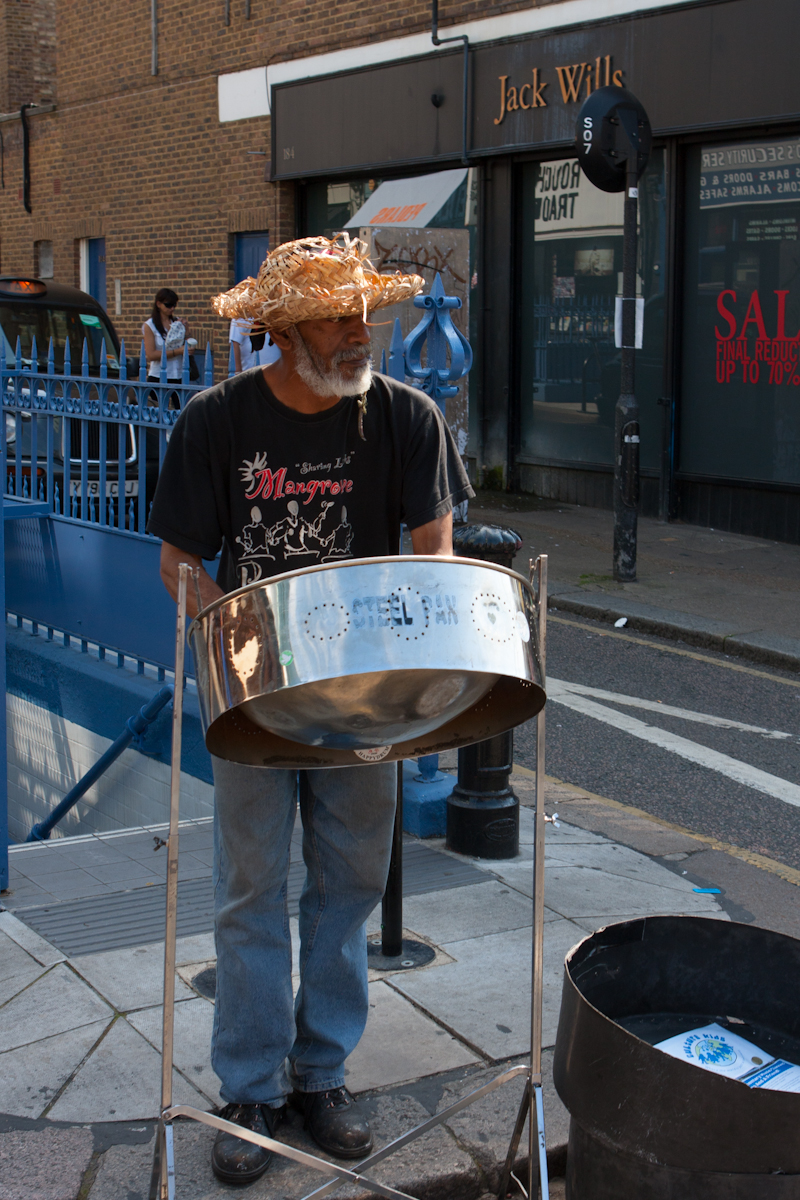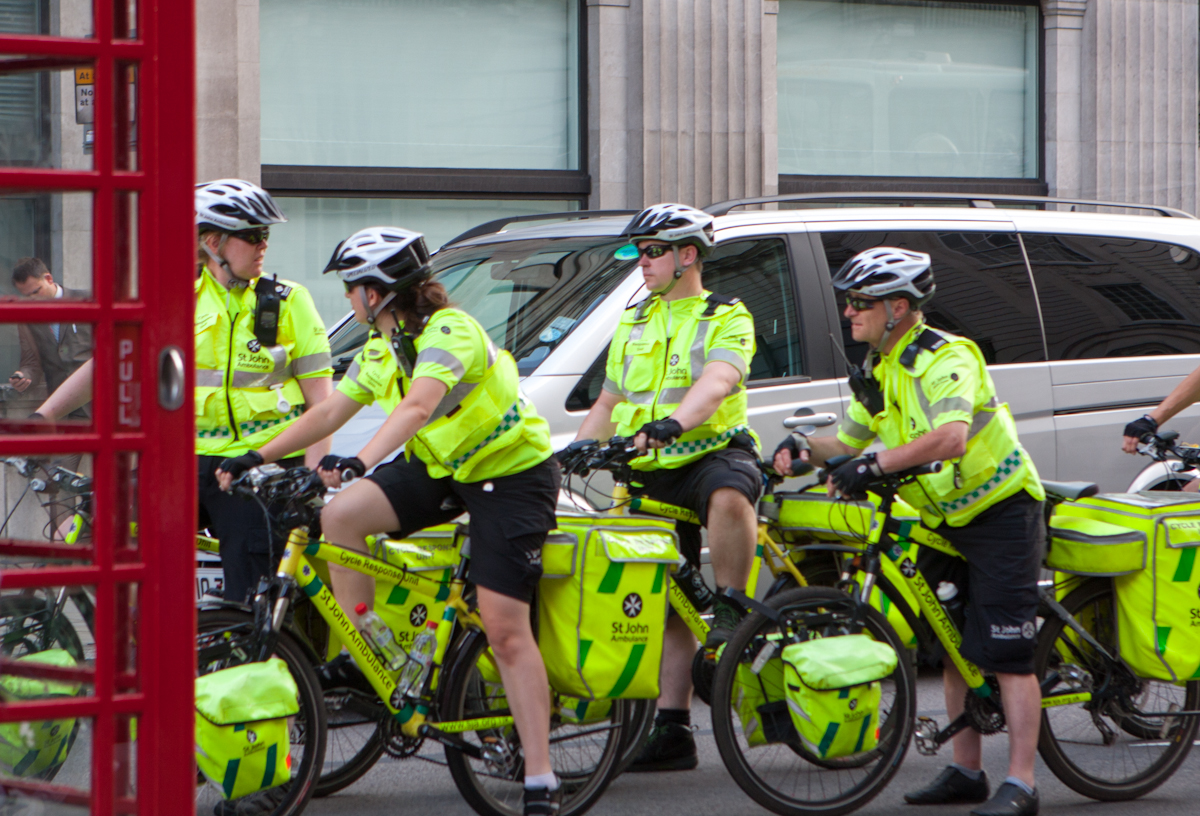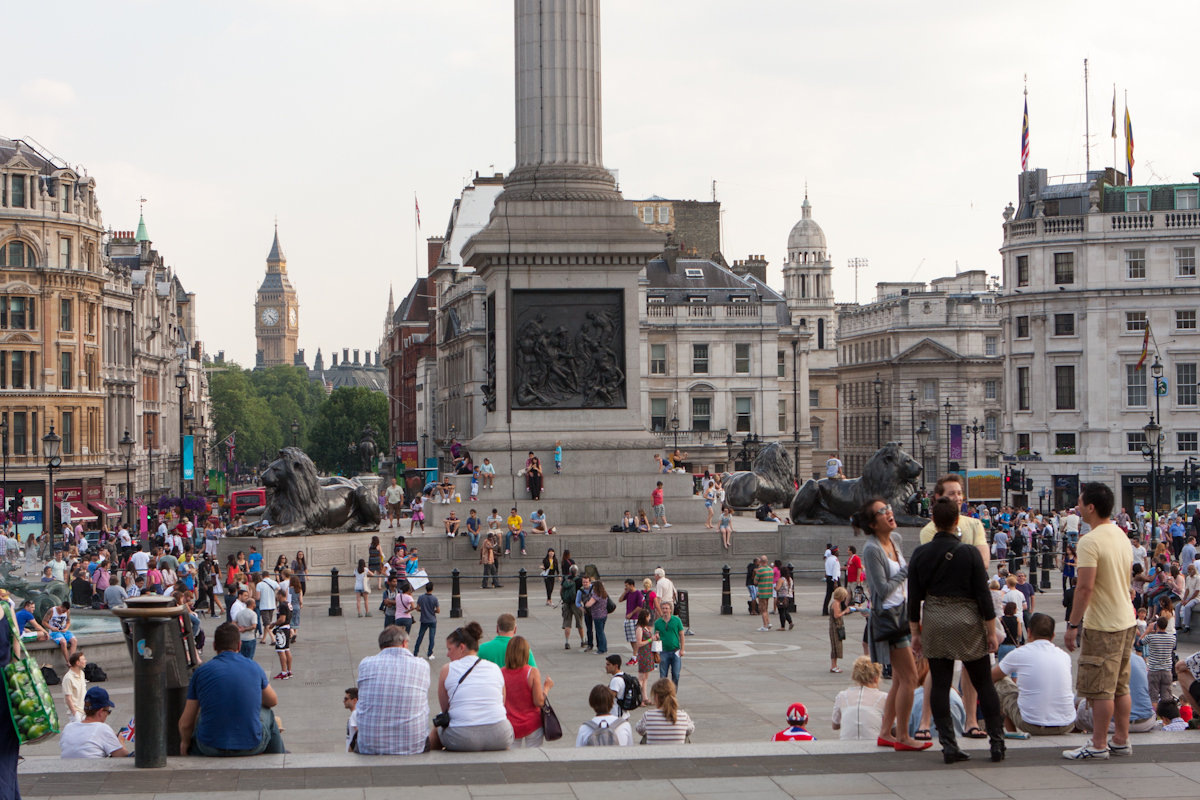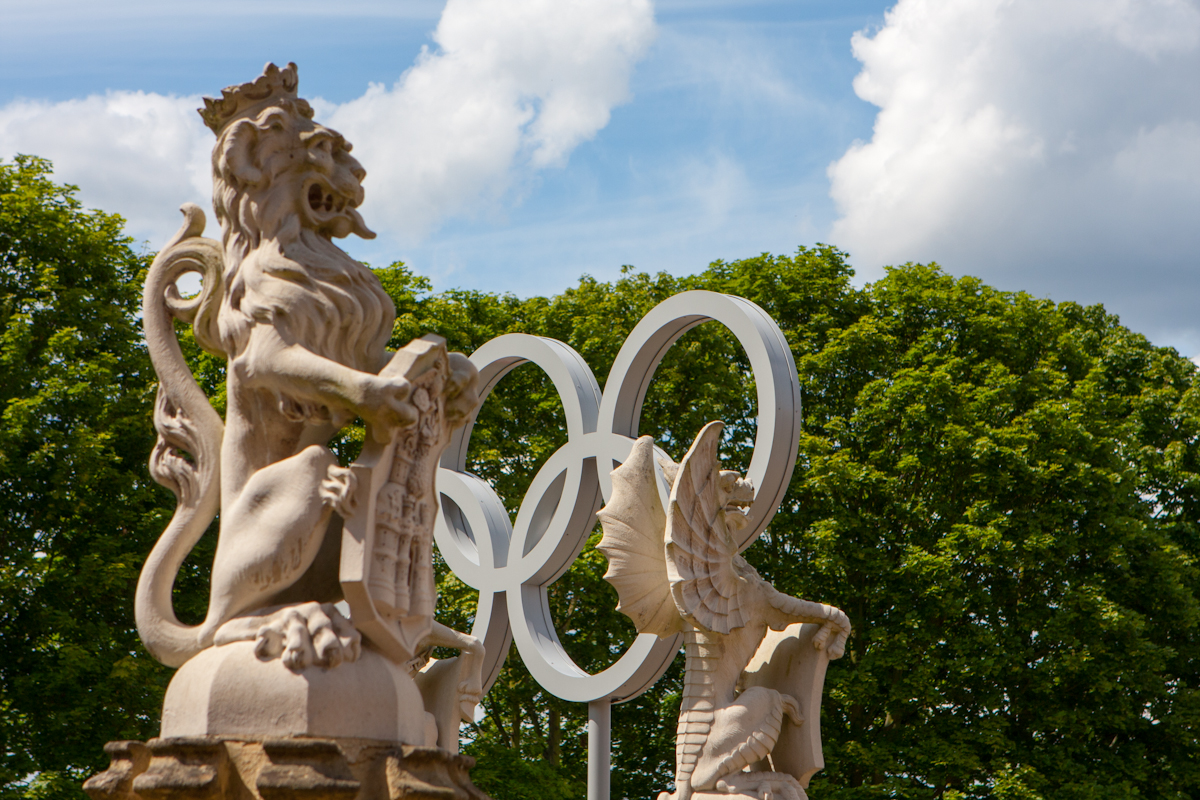Big Ben is the nickname for the great bell of the clock at the north end of the Palace of Westminster in London, and often extended to refer to the clock and the clock tower. The tower is now officially called the Elizabeth Tower, after being renamed in 2012 (from “Clock Tower”) to celebrate the Diamond Jubilee of Elizabeth II. The tower holds the largest four-faced chiming clock in the world and is the third-tallest free-standing clock tower. The tower was completed in 1858 and had its 150th anniversary on 31 May 2009, during which celebratory events took place. The tower has become one of the most prominent symbols of both London and England and is often in the establishing shot of films set in the city.
Tag Archives: London
Tower of London
Her Majesty’s Royal Palace and Fortress, more commonly known as the Tower of London, is a historic castle on the north bank of the River Thames in central London, England. It lies within the London Borough of Tower Hamlets, separated from the eastern edge of the square mile of the City of London by the open space known as Tower Hill. It was founded towards the end of 1066 as part of the Norman Conquest of England. The White Tower, which gives the entire castle its name, was built by William the Conqueror in 1078, and was a resented symbol of oppression, inflicted upon London by the new ruling elite. The castle was used as a prison from 1100 (Ranulf Flambard), until 1952 (Kray twins) although that was not its primary purpose. A grand palace early in its history, it served as a royal residence. As a whole, the Tower is a complex of several buildings set within two concentric rings of defensive walls and a moat. There were several phases of expansion, mainly under Kings Richard the Lionheart, Henry III, and Edward I in the 12th and 13th centuries. The general layout established by the late 13th century remains despite later activity on the site. More…
British Museum
The British Museum is a museum in London dedicated to human history and culture. Its permanent collection, numbering some eight million works, is among the largest and most comprehensive in existence and originates from all continents, illustrating and documenting the story of human culture from its beginnings to the present.
The British Museum was established in 1753, largely based on the collections of the physician and scientist Sir Hans Sloane. The museum first opened to the public on 15 January 1759 in Montagu House in Bloomsbury, on the site of the current museum building. Its expansion over the following two and a half centuries was largely a result of an expanding British colonial footprint and has resulted in the creation of several branch institutions, the first being the British Museum (Natural History) in South Kensington in 1887. Some objects in the collection, most notably the Elgin Marbles from the Parthenon, are the objects of intense controversy and of calls for restitution to their countries of origin.
Tower Bridge
Tower Bridge (built 1886–1894) is a combined bascule and suspension bridge in London, over the River Thames. It is close to the Tower of London, from which it takes its name. The bridge consists of two towers tied together at the upper level by means of two horizontal walkways, designed to withstand the horizontal forces exerted by the suspended sections of the bridge on the landward sides of the towers. The vertical component of the forces in the suspended sections and the vertical reactions of the two walkways are carried by the two robust towers. The bascule pivots and operating machinery are housed in the base of each tower. The bridge’s present colour scheme dates from 1977, when it was painted red, white and blue for the Queen Elizabeth II’s silver jubilee. Originally it was painted a mid greenish-blue colour. More…
City Hall (London)
City Hall is the headquarters of the Greater London Authority which comprises the Mayor of London and the London Assembly. It is located in Southwark, on the south bank of the River Thames near Tower Bridge. It was designed by Norman Foster and opened in July 2002, two years after the Greater London Authority was created. More…
Musician (Central London)
London is the capital city of England and the United Kingdom, the largest city, urban zone and metropolitan area in the United Kingdom, and the European Union by most measures. Located on the River Thames, London has been a major settlement for two millennia, its history going back to its founding by the Romans, who named it Londinium. London’s ancient core, the City of London, largely retains its square-mile mediaeval boundaries. More…
London street
London is the capital city of England and the United Kingdom, the largest city, urban zone and metropolitan area in the United Kingdom, and the European Union by most measures. Located on the River Thames, London has been a major settlement for two millennia, its history going back to its founding by the Romans, who named it Londinium. London’s ancient core, the City of London, largely retains its square-mile mediaeval boundaries. More…
Trafalgar Square, London
Trafalgar Square is a public space and tourist attraction in central London, built around the area formerly known as Charing Cross. It is in the borough of the City of Westminster. At its centre is Nelson’s Column. Column is guarded by four lion statues at its base. There are a number of statues and sculptures in the square, with one plinth displaying changing pieces of contemporary art. The square is also used for political demonstrations and community gatherings, such as the celebration of New Year’s Eve. More…
Hampton Court Palace
Hampton Court Palace is a royal palace in the London Borough of Richmond upon Thames, Greater London. Hampton Court Palace has not been inhabited by the British Royal Family since the 18th century. The palace is located 11.7 miles (18.8 kilometres) south west of Charing Cross and upstream of central London on the River Thames. It was originally built for Cardinal Thomas Wolsey, a favourite of King Henry VIII. Today, the palace is open to the public, and a major tourist attraction. Along with St. James’s Palace, it is one of only two surviving palaces out of the many owned by Henry VIII. More…
